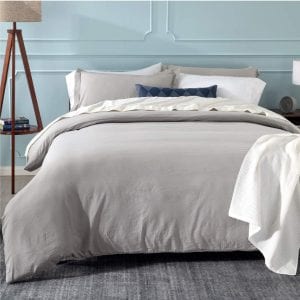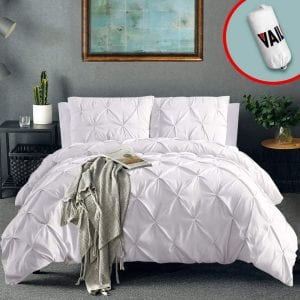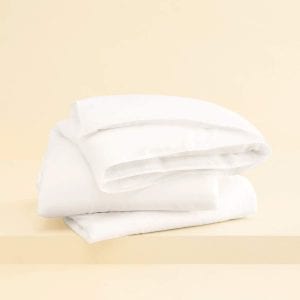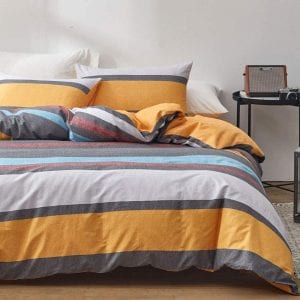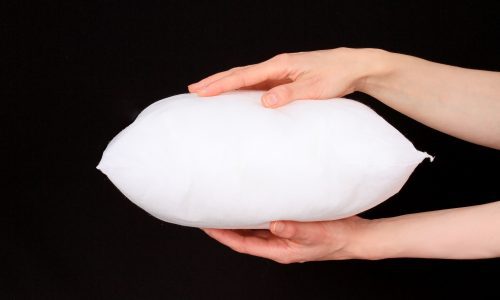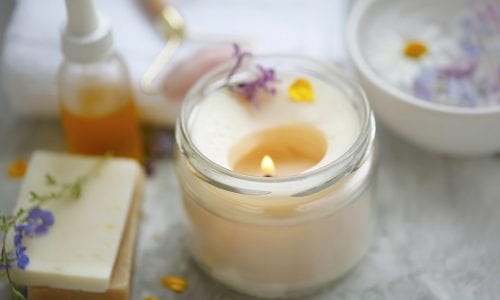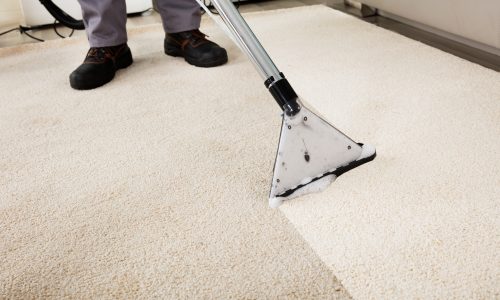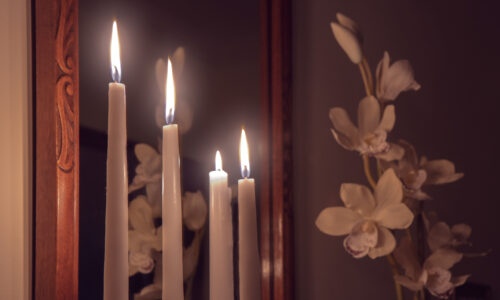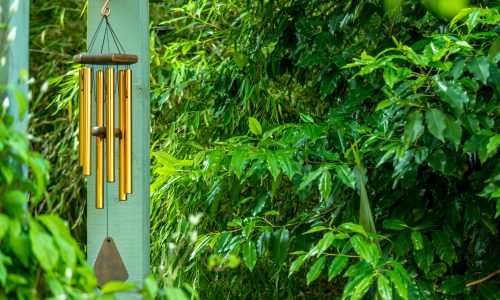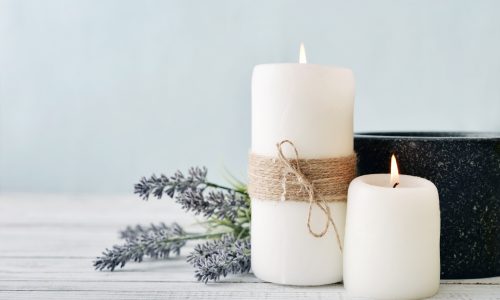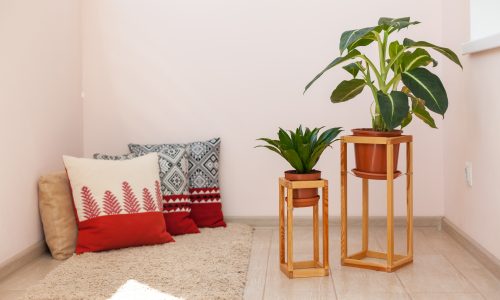The Best Hypoallergenic Duvet Cover
We looked at the top 4 Hypoallergenic Duvet Covers and dug through the reviews from 10 of the most popular review sites including and more. The result is a ranking of the best Hypoallergenic Duvet Covers.
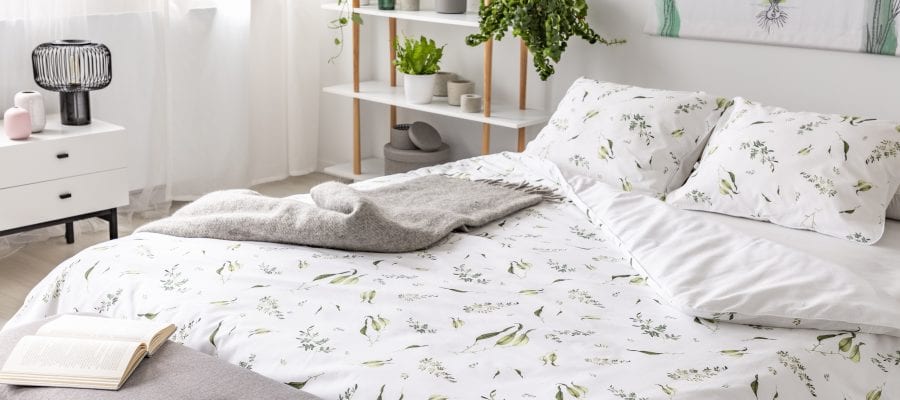
Our Review Process
Don't Waste Your Money is focused on helping you make the best purchasing decision. Our team of experts spends hundreds of hours analyzing, testing, and researching products so you don't have to. Learn more.
Our Picks For The Top Hypoallergenic Duvet Covers
This brushed microfiber duvet cover is hypoallergenic, durable and fade resistant. It keeps you feeling fresh after a long night’s sleep. The cover includes a long zippered closure to ensure the duvet stays secure.
Durable and Fade ResistantThis hypoallergenic duvet cover can be used year round.
This hypoallergenic duvet cover has an elegant pintuck pleated design, creating a surface texture. It has a zippered closure that is easy to use. The material is microfiber and can be used year round.
Unique Texture and PatternThe luminous pleated design brings a touch of elegance.
You’ll have sweet dreams in this incredibly soft hypoallergenic duvet cover. The material is resistant to dust, mites and mold. Plus, it’s environmentally friendly as eucalyptus uses 10 times less water than cotton to grow.
Gets Softer After Each WashEucalyptus is softer than cotton and gets softer as it’s used and washed.
Buying Guide
If you want to have a restful and peaceful sleep, then it’s important to pay attention to the kind of bedding you have. You don’t want to have scratchy sheets that keep you up all night long or duvets that make you sneeze every five minutes. Look for a hypoallergenic duvet cover if you have allergies or sensitive skin.
Comforters and duvets often get confused for one another. However, there are a few key differences to note. A comforter is a fluffy blanket stuffed with synthetic fiber. It is quilted so the filling remains evenly distributed throughout the blanket. Comforters usually come with matching bedding sets that include sheets and pillowcases. A duvet, on the other hand, is a warm blanket that is stuffed with wool, feathers or a synthetic alternative. It’s designed to be used with a duvet cover, which acts kind of like a large pillowcase over the duvet. It’s perfect for those chilly winter nights. Duvet covers offer a lot of flexibility when it comes to style because you can simply change the cover when you want to switch up the aesthetic in your bedroom. Duvet covers are easy to wash and maintain and help to elongate the life of your duvet.
When you’re selecting bedding, opt for hypoallergenic materials for a more comfortable sleep. Look for natural fiber fabrics, like cotton and bamboo. Some microfiber is also hypoallergenic. It’s important for bedding to have moisture-wicking properties because this prevents the growth of mold and mildew which are common allergens. What makes the material hypoallergenic is that it will not cause an allergic reaction when in contact with the people that use them. Of course, you cannot prevent allergies with the material alone. Be sure to change and wash your bedding often for the best results.
Why we recommend these hypoallergenic duvet covers?
Products Considered
Products Analyzed
Expert Reviews Included
User Opinions Analyzed
Our experts reviewed the top 4 Hypoallergenic Duvet Covers and also dug through the reviews from 10 of the most popular review sites including and more. The result is a ranking of the best of the best Hypoallergenic Duvet Covers.
DWYM is your trusted roduct review source. Our team reviews thousands of product reviews from the trusted top experts and combines them into one easy-to-understand score. Learn more.
What to Look For
- The most important thing you’ll need to look at when buying a hypoallergenic duvet cover is the size. In addition to checking the size of your duvet and matching it with the cover, take a few extra minutes to measure it and ensure it fits within the size chart of the duvet cover.
- When it comes to hypoallergenic materials, look for natural fabrics like cotton, silk and bamboo. Microfiber can also be hypoallergenic. Make sure that the fabric is breathable and is able to wick away moisture. This will help keep the duvet and your bed free from mildew and mold, which can irritate the skin and your allergies.
- Take a look at what kind of closure feature the duvet uses. Most commonly, they use zippers or buttons to keep the duvet inside the cover. Some also have fabric ties. Consider what is most convenient for you.
- One of the great things about duvet covers is that you can completely change the look of your bed depending on the style of duvet cover you choose. Consider whether you want a solid color or a patterned fabric. You’ll also need to see whether you have matching sheets and pillowcases or if you want to use an accent color. Some duvet covers are sold on their own while others come in a set with pillow shams or decorative pillows.
- If you want to ensure your bedding is free from allergens, be sure to wash your sheets, pillowcases and duvet covers frequently. When you move around in your bed or fluff your duvet or pillows, you can actually release the allergens into the air, which can then irritate your eyes, nose and skin. Consider covering your mattress and pillow with a protective cover so that the allergens don’t seep into them.
More to Explore
- Want to make your bed look inviting? Try styling it in different ways. For example, fold the duvet about a third of the way from the top to reveal the pillows. Add a light throw or small blanket in a contrasting color to the foot of the bed.
- If you like a monochromatic look, opt for a duvet cover, sheets and pillowcases in the same tones. Going with different shades of the same color adds a bit more visual interest.
- Play with different textures and colors if you like a more eclectic style. Get a duvet cover in a contrasting color or one that has a unique pattern or texture.

